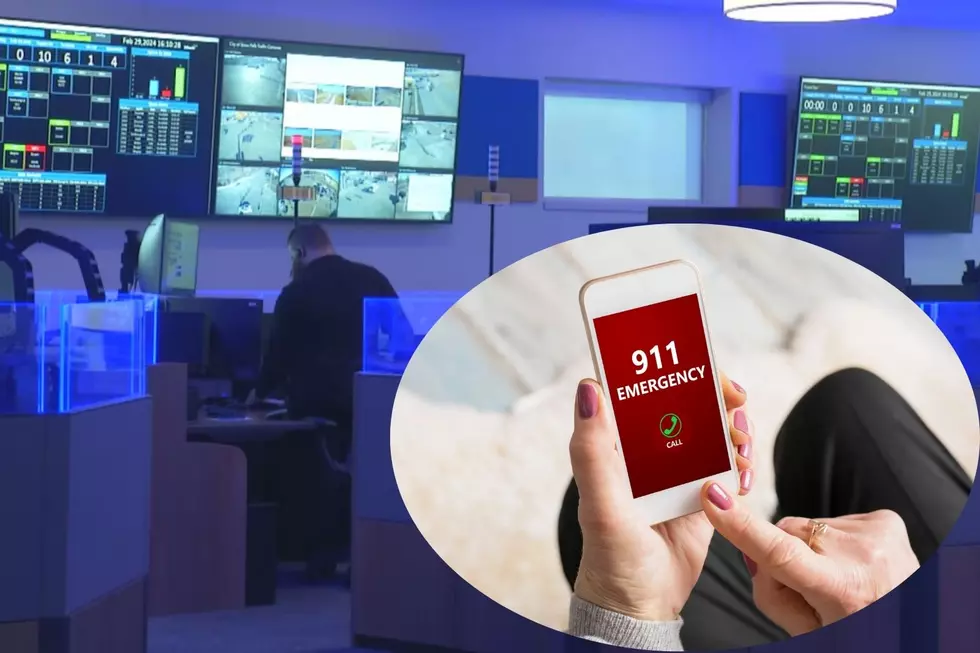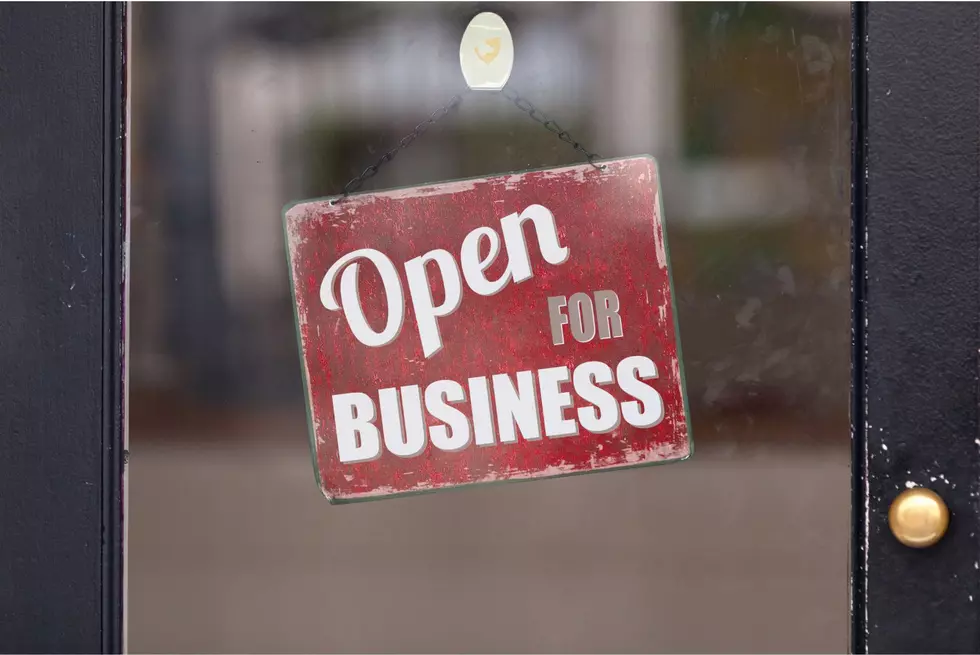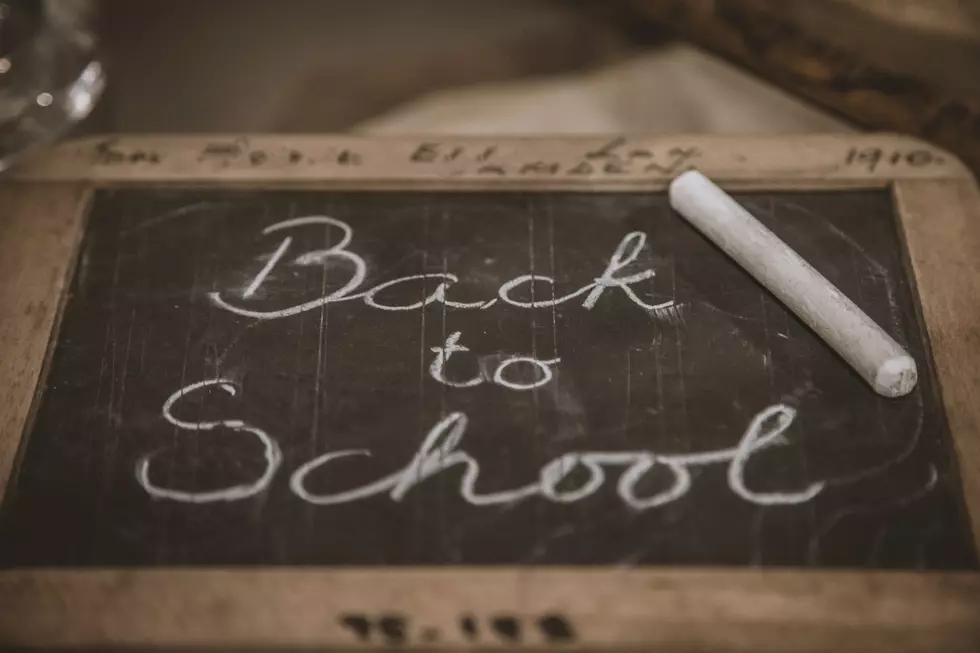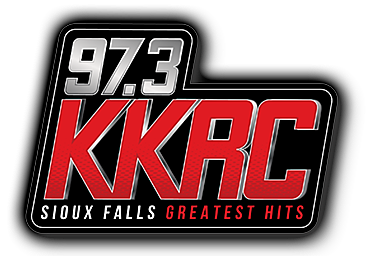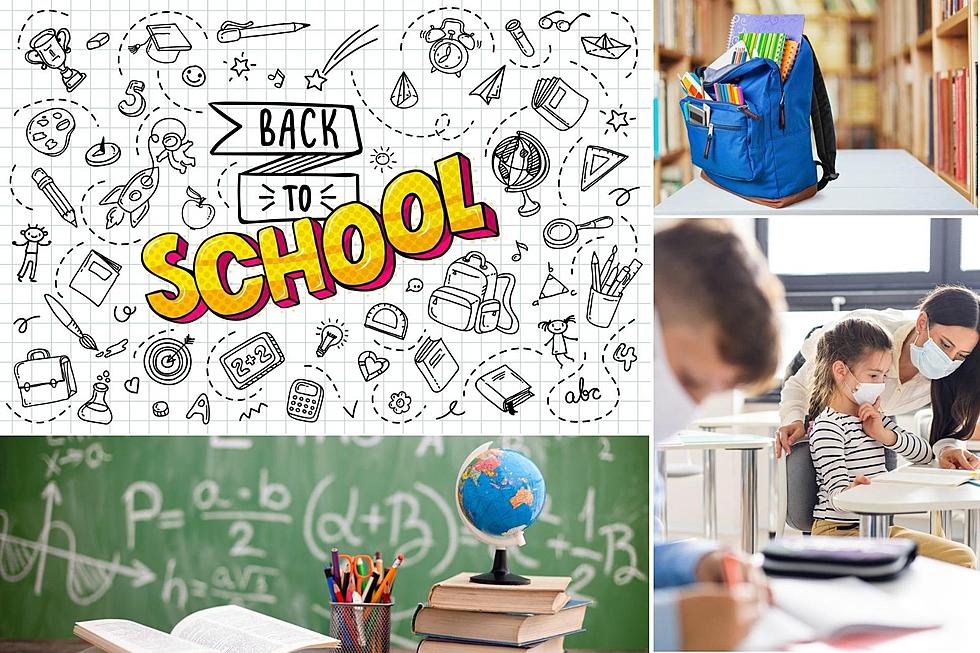
Where is South Dakota on Best and Worst Schools List?
The immediate answer to the above question is - - right smack dab in the middle of the pack. The majority of U.S. families' children attend public school. Unfortunately, the quality of those public school systems varies widely, usually due to funding.
Numerous studies have shown that the more financially supported school systems are, the better the performance of students in those schools, and longterm, the better for society as a whole.
WalletHub's approach to determining these rankings doesn't focus solely on outcomes or finances. They consider performance, class sizes, teacher qualifications, funding, and safety.
Those measures of education are grouped into two categories: A) Quality and B) Safety. Within those categories, they considered everything from dropout rates, to math and reading test scores, pupil-teacher ratios, SAT & ACT scores, bullying rates, and the percentage of threatened and/or injured students in school systems.
When the number-crunching was finished South Dakota came in 25th out of 50 states. Interestingly the quality ranking was 13th. The safety score? A disheartening 46th.
And yes COVID-19 was a part of these equations, regarding school closures, remote learning, student's access to technology, and the existence of digital learning plans.
The top 5 school systems in the U.S. are:
- Massachusetts
- Connecticut
- New Jersey
- Virginia
- Vermont
The bottom 5 from bad to worst are:
- Oklahoma
- Alaska
- Arizona
- Louisiana
- New Mexico
In speaking to educators around the country, the consensus on how to improve children's education was multi-faceted, focusing not only on the quality of the school system itself but on the collective efforts between family and community in ways other than financial.
You can see the complete report with comments from top educators at WalletHub.

A Trip to Rotary and Riverdale Parks:
More From KKRC-FM / 97.3 KKRC


